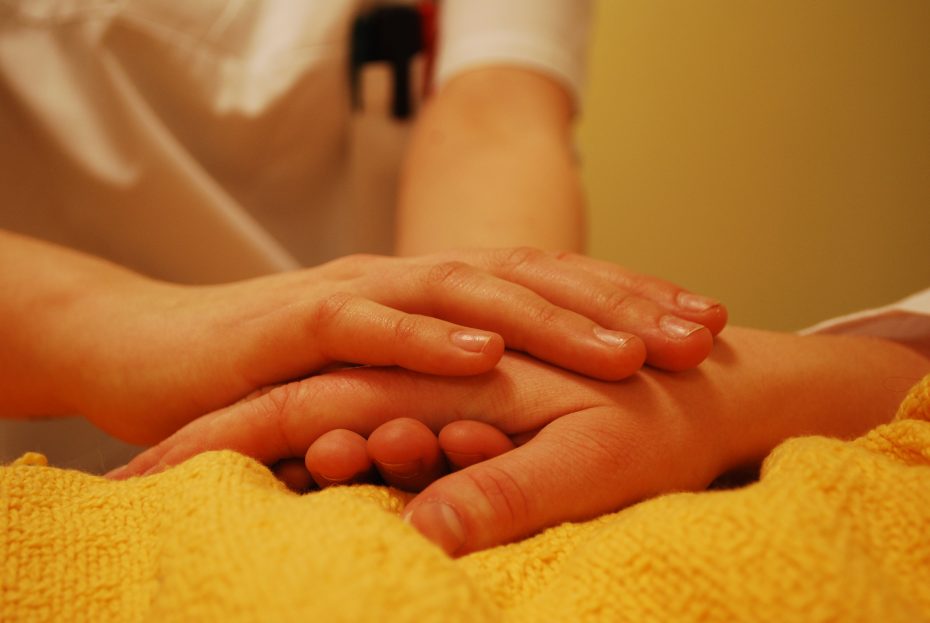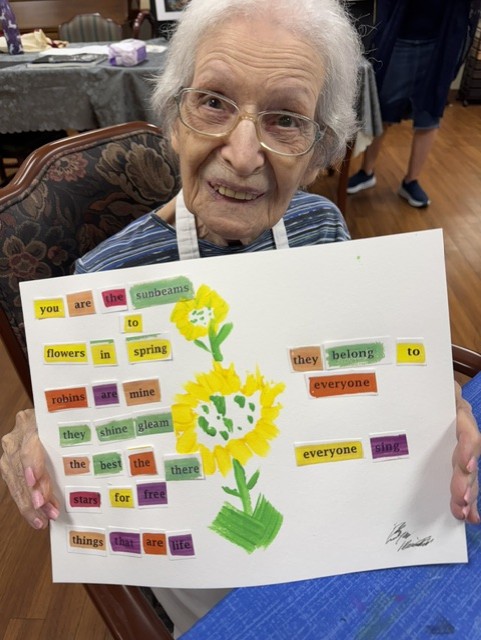Over the past several weeks, we have shared observations around palliative care. This topic is in anticipation for the Symposium of the Ruth Frost Parker Center for Abundant Aging later this week. Dr. Ira Byock is the keynote speaker and one of our country’s foremost experts on the subject.
If you are familiar with hospice, then you have a little idea of what palliative care is. But that is not the whole story. People often link the two and assume that both are only involved in end-of-life care. But this is a limited view. The reality is that people use palliative care at all points of the lifespan, not just at the end.
Palliative Care
According to the National Institute on Aging, palliative care is used to treat individuals with chronic or terminal diagnosis alongside curative treatments. The focus is the relief of the symptoms that decrease quality of life. Byock suggests that this contrasts “contemporary medicine which is focused on cure and organized around problems” (Byock, Nature of Suffering and the Nature of Opportunity).
In 2007, our 17-year-old son had a plum-sized abscess surgically removed from the ball of his foot due to a MRSA infection. Three weeks post-surgery, a new blistering rash spread over the same area of his foot. At the end of another week-long hospitalization, doctors were stymied as they could not find the cause of this new condition.
A compassionate dermatologist stepped into this mysterious medical problem. She recognized that he was in significant pain. He couldn’t walk, was very discouraged and had missed almost a month of school. Given the lack of answers from the infectious disease department, the orthopedic surgical team and the wound specialists, she assumed the lead. She began to treat the symptoms, not the cause.
He was finally released from the hospital and slowly re-entered his junior year of high school. She continued to monitor his progress and slowly his foot and his spirit began to heal. She didn’t call it palliative care, but I believe that when the medical team couldn’t answer the “why” and they allowed her to make a plan for him to regain some quality of life, she was working from a similar philosophical framework.
The Whole Being
Palliative care usually involves a multidisciplinary team that works with the individual. These teams can include doctors, specialists, nurses, social workers, nutritionists and pastoral care providers. Together, they take into consideration the needs of the whole person — physical, emotional, spiritual and practical day-to-day needs. In consideration of the whole person, decisions are then made to improve quality of life and not just the most serious medical problem.
Unlike hospice, palliative care can be provided alongside treatments that are working to cure the diagnosis or the underlying issues. The palliative care team helps to focus on the easing the discomfort and suffering of the individual.
Hospice Care
If the situation comes to the point where the treatments that were intended to cure the disease are no longer working or when the quality of life is diminished and doctors believe that the patient’s life is likely to end within the next six months, then hospice care may be chosen. The palliative care team can continue to work with the individual to provide optimum comfort for the individual while in hospice care. Doctors can provide both hospice and palliative care in the hospital setting, long-term care community, at home or with those living in assisted living settings.
Both hospice and palliative care seek to relieve pain and discomfort, but this six-month window is the largest differentiation between the two. When an individual chooses to enter hospice in that window, all curative treatments are stopped and the care and work of recognizing that the end-of-life is imminent becomes a focus of the care.
Hospice Graduates
We went to visit a member of our church, Mary, just before Christmas. We knew we were going to say goodbye. Her health had been on a significant decline over the course of the previous months and her cancer treatments were brutal. On this visit, she could barely stay awake and participate in conversation. We just knew that we would get a call during our Christmas family time that she died. But then again, we don’t always “know” these things!
Almost 20 years later, Mary and her family continue to enjoy Christmas. It turns out that chemo treatments were more detrimental to her life than her cancer. The doctors finally understood just how much pain and suffering Mary had experienced and she moved to hospice care. She regained strength once the curative treatments were stopped. Her comfort was taken seriously. Mary “graduated” from hospice many months later. The treatments she had received helped to stop the cancer’s progress and other medical treatments since have allowed her to live fully.
Making decisions in the face of mystery or not knowing all the answers, working with multi-disciplinary teams and taking seriously the experience of the individual and the fullness of their lives are some of the rich blessings of palliative care. Although some would suggest that it is about comfort, I like to think of it as helping people to live abundantly!
10/11/18 11:30
View all articles by:






















